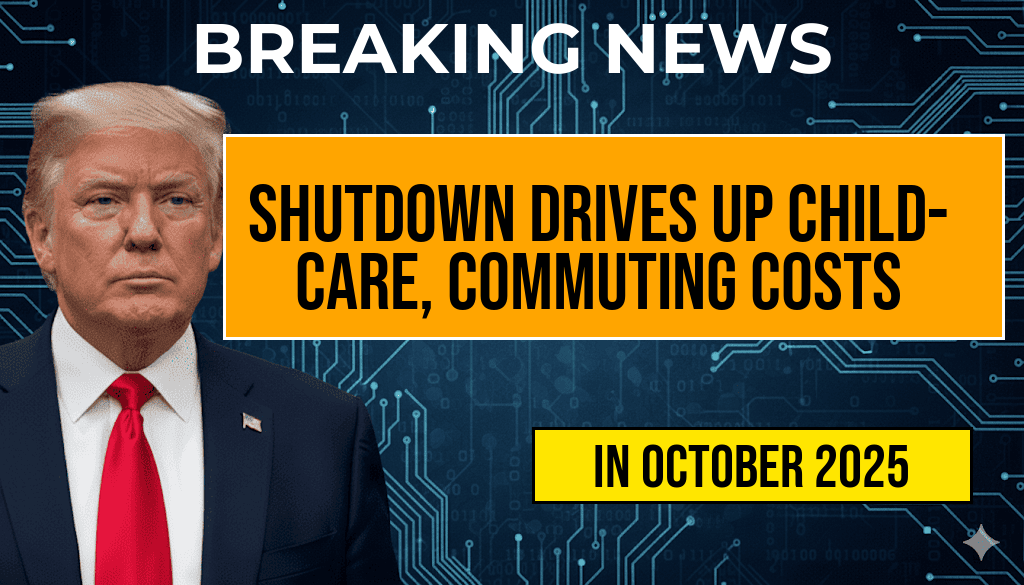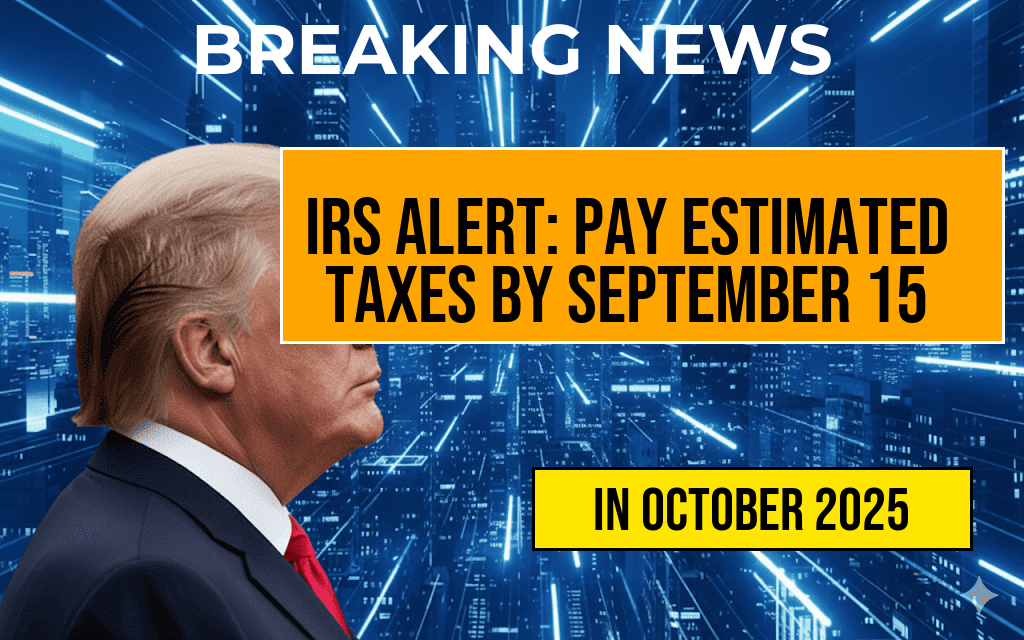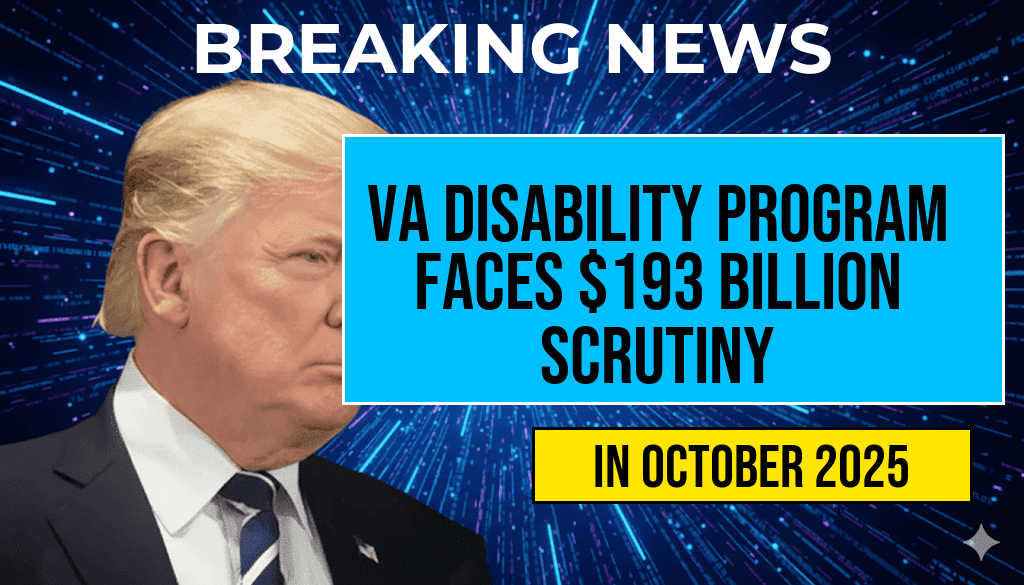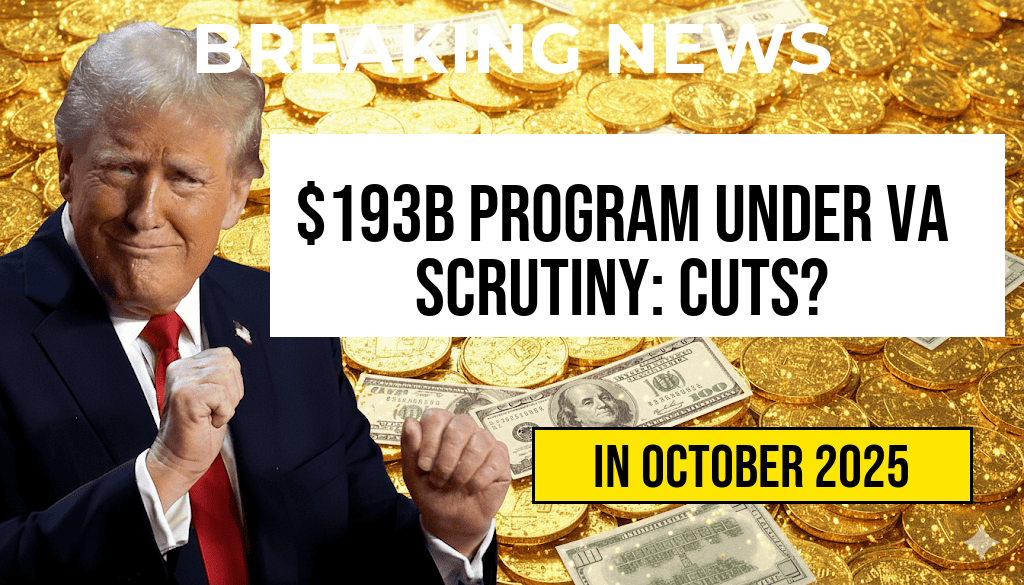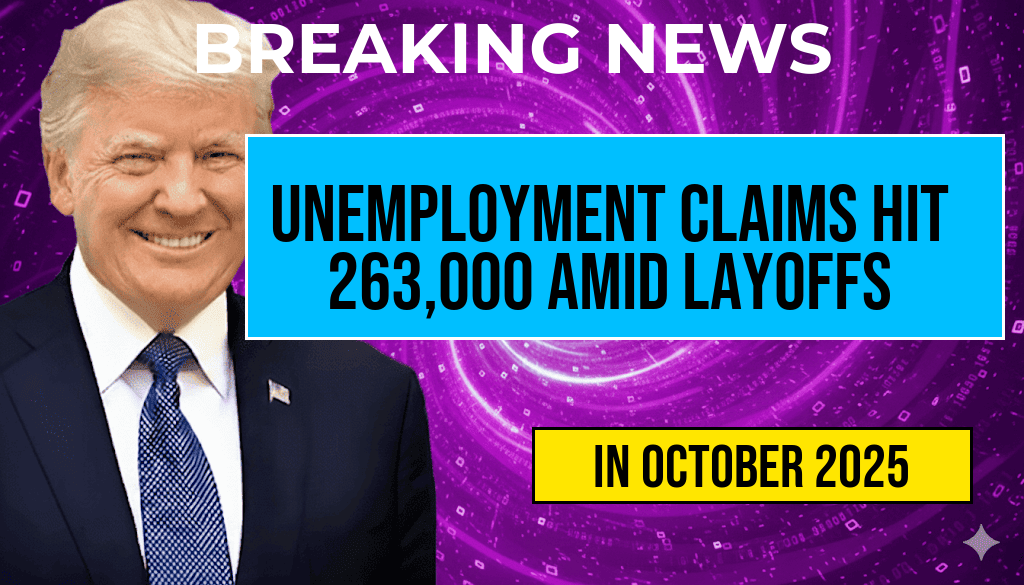The Internal Revenue Service (IRS) has issued a new notice reminding taxpayers of the impending deadline to pay estimated taxes by September 15. Failing to meet this deadline could result in substantial penalties, particularly for self-employed individuals and those with significant income not subject to withholding. The IRS emphasizes the importance of timely payments to avoid interest and penalties that can accumulate over time. This alert serves as a crucial reminder for taxpayers to assess their income and tax obligations, ensuring compliance with federal tax law as the mid-September deadline approaches.
Understanding Estimated Taxes
Estimated taxes are payments made on income that is not subject to withholding, such as earnings from self-employment, interest, dividends, and certain other sources. The IRS requires individuals to pay these taxes quarterly to avoid underpayment penalties. For most taxpayers, the estimated tax payment schedule is divided into four quarterly payments, with the September 15 deadline marking the third installment of the year.
The Importance of Meeting the Deadline
Taxpayers who fail to pay enough tax throughout the year can face penalties. The IRS uses a specific formula to calculate these penalties, which can be significant. Here’s what individuals need to know:
- Penalty Rates: The IRS typically charges a penalty that is a percentage of the underpayment. This rate can vary based on current interest rates.
- Safe Harbor Threshold: To avoid penalties, taxpayers should aim to pay either 90% of the current year’s tax liability or 100% of the previous year’s tax liability, whichever is smaller.
- Payment Methods: The IRS offers various payment options, including electronic payments through the IRS Direct Pay system, credit or debit cards, and checks.
Who Needs to Pay Estimated Taxes?
Estimated taxes are primarily relevant for individuals who earn income that isn’t automatically subjected to withholding. This includes:
- Self-employed individuals
- Freelancers and independent contractors
- Investors with significant capital gains
- Rental property owners
Employees may also need to pay estimated taxes if they have additional income not covered by withholding, such as dividends or interest that surpasses a certain threshold. It’s essential for all taxpayers to evaluate their income sources and determine their tax obligations accurately.
Steps to Calculate Estimated Taxes
Calculating estimated taxes can be straightforward if taxpayers follow these steps:
- Estimate Your Income: Project your total income for the year, including wages, self-employment income, and any other income sources.
- Calculate Deductions: Determine your deductions and credits to find your taxable income.
- Use IRS Form 1040-ES: This form provides a worksheet to help calculate your estimated tax liability.
Resources for Taxpayers
For those needing assistance with their estimated taxes, several resources are available:
- IRS Form 1040-ES – Official form for calculating estimated taxes
- Forbes on Estimated Tax Payments – A comprehensive guide on how to manage estimated tax obligations
- Wikipedia on Estimated Tax – Overview of estimated tax concepts and regulations
Final Thoughts
As the September 15 deadline approaches, taxpayers must take proactive steps to ensure compliance with IRS regulations. By understanding estimated taxes and making timely payments, individuals can avoid unnecessary penalties and maintain their financial health. Taxpayers are encouraged to seek professional assistance if they have questions about their specific situations or need help with calculations.
Frequently Asked Questions
What is the new IRS notice about estimated taxes?
The new IRS notice warns taxpayers that they need to pay their estimated taxes by September 15 to avoid potential penalties. This applies to individuals who expect to owe taxes when they file their returns.
Who needs to pay estimated taxes?
Taxpayers who expect to owe more than $1,000 in taxes after subtracting their withholding and refundable credits are required to pay estimated taxes. This includes self-employed individuals and those with significant income from investments.
What are the penalties for not paying estimated taxes on time?
If you fail to pay your estimated taxes by the September 15 deadline, you may incur a penalty, which is calculated based on the amount of unpaid taxes and the duration of the delay.
How can taxpayers pay their estimated taxes?
Taxpayers can pay their estimated taxes through various methods, including online payments via the IRS website, by phone, or by mailing a check with the appropriate payment voucher.
What should taxpayers do if they miss the September 15 deadline?
If taxpayers miss the September 15 deadline for estimated taxes, they should make the payment as soon as possible to minimize penalties and interest. It’s also advisable to adjust future estimated payments to avoid similar issues.




